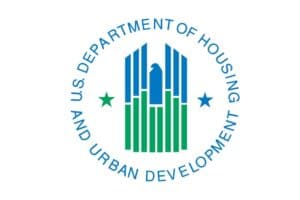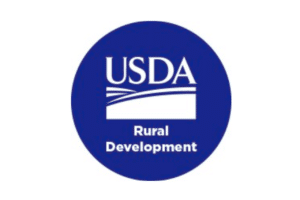The Senate voted 69-31 August 10 to pass the bipartisan $1.2 trillion infrastructure package (with $550 billion in new spending), the Infrastructure Investment and Jobs Act (H.R. 3684). All 50 democrats and 19 republicans (Sens. Roy Blunt (MO), Richard Burr (NC), Shelley Capito (WV), Bill Cassidy (LA), Susan Collins (ME), Kevin Cramer (ND), Mike Crapo (ID), Deb Fischer (NE), Lindsey Graham (SC), Chuck Grassley (IA), John Hoeven (ND), Mitch McConnell (KY), Lisa Murkowski (AK), Rob Portman (OH), James Risch (ID), Mitt Romney (UT), Dan Sullivan (AK), Thom Tillis (NC) and Roger Wicker (MS)) voted in favor of the bill. This legislation does not include any LIHTC provisions, but it does include several housing-adjacent provisions.
The legislation now heads to the House for consideration. Speaker Nancy Pelosi (D-CA) has said the lower chamber will not take up the bipartisan infrastructure package until the Senate also passes a reconciliation package, which is likely to include more housing provisions (more on that below). The House is scheduled to return from recess on August 23.
Senate Democrats also passed their $3.5 trillion budget resolution 50-49 early August 11, which will be used for the reconciliation package (S. Con.Res.14) (full text, memo). The final number for the reconciliation package will not be $3.5 trillion; it only represents a number they cannot exceed. Moderate Democrats likely will negotiate with progressives to get to a lower number. At this point, we don’t have many details beyond top line numbers and a few talking points. Continue reading here for information on what comes next and the rules governing reconciliation. The relevant committees, their topline numbers and housing related instructions are:
| House | Senate | |
| HUD Oversight | Financial Services ($339 B)
|
Banking, Housing & Urban Affairs ($332 B)
· Creation and preservation of affordable housing by making historic investments in programs like the Housing Trust Fund, HOME, the Capital Magnet Fund, and rural housing · Improve housing affordability and equity by providing down payment assistance, rental assistance, and other homeownership initiatives · Community investment, development and revitalization through initiatives like Community Land Trusts, investments in CDBG, zoning, land use, and transit improvements and creating healthy and sustainable housing · Public Housing Capital Investments and Sustainability |
| Tax | Ways & Means (-1$ B) | Finance (-$1 B)
· Housing Incentives · Other investments within the jurisdiction of the Finance Committee |
| USDA Oversight | Agriculture ($89.1 B)
|
Agriculture, Nutrition & Forestry ($135 B)
· Rural development and rural co-op clean energy investments |
| Interior Oversight | Natural Resources ($25.6 B) | Indian Affairs ($20.5 B)
· Native American housing programs |
Note that the instructions for the tax committees require them to reduce the deficit by $1 billion. Housing (and other) investments within their jurisdiction can be offset by the following potential pay-fors: corporate and international tax reform, tax fairness for high-income individuals, IRS tax enforcement, health care savings and carbon polluter import fee.
The limits for the House committees are included in the full text and do not include any further instructions. The total spending limits vary because the House and Senate committees’ jurisdictions are slightly different from each other. The committees with HUD oversight will not receive a combined $671 billion. If both the House and Senate spend to the topline, their final text will likely largely contain the same proposals and roughly the same amount of funding.
What’s Next: House and Senate committees will now begin considering legislation that conforms with their instructions. The resolution instructs both the Senate and House committees to move their recommendations by September 15, but that is not a hard and fast deadline.
A Few Important Reconciliation Considerations to Remember:
- It only needs a simple majority (51) in the Senate to pass. The Senate is currently split evenly with 50 Democrats and 50 Republicans. The vice president serves as president of the Senate and breaks any ties.
- Only amendments and provisions that have a budgetary effect (change spending or revenues) can be included, often referred to as the Byrd Rule after former Sen. Robert Byrd (D-WV).
- Both parties use it. Tax Cuts and Jobs Act of 2017 under Republicans and Affordable Care Act of 2010 under Democrats, to name a few recent examples.



